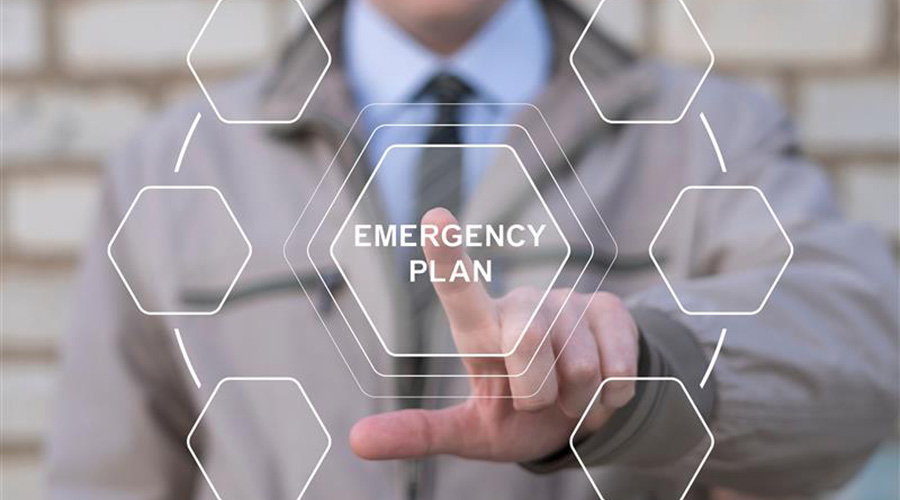Testing Emergency Response Plan Offers Challenges
So you've developed your plan, ranked your business units in order of priority and accounted for every contingency you can think of. Testing your emergency response plan still needs to be done, and that's not always easy. While you can do drills and run through procedures, how do you simulate a widespread power outage? After all, as Wade points out, that's usually off limits.
"It is very unlikely that any business would do a full, actual failover," as a test, he says. "We all joke about it — 'well, we'll go over here and shut the switch off and see what happens' — well, that could be a career-limiting move."
Another complication for testing is that there are some operations that can't be completely interrupted for a test, says Phyllis Meng, deputy executive officer, Los Angeles County Metropolitan Transportation Authority. The MTA headquarters houses the county's bus operations center and the MTA's telephone operators, both of which need to keep as many people on duty at all times as possible. To get around that during training, Meng is willing to make some compromises.
"What I've tried to do is, during a drill, say 'OK, please evacuate some of the supervisors so they know where to go,'" she says. "Same thing with our telephone information. I say 'OK, if you can get rid of half the people, or if some of the people can go, that's fine.'"
Cassiliano recommends trying to make testing your plan as realistic as possible, including very short notice. That may require some off-hours testing — you can test backup generators at 3 a.m. on a Saturday with a lot less disruption than noon on Tuesday — and a willingness to adapt by the staff. He also suggests keeping a detailed log of the testing event, the expected outcomes and the actual outcomes to help identify any potential failure points during a live event.
Related Topics:














